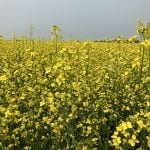
Tag Archives Soil
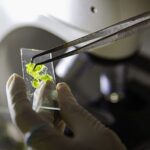
AGI to buy into soil microbe breeding firm
Machinery maker to take minority stake in MyLand

Carbon offsets not the right policy says NFU
The National Farmers Union says to instead incentivize farmers to preserve and enhance their soil
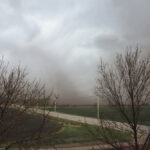
No rush to roll pulses
Dry soil might make this a good year for post-emergence field rolling, according to experts
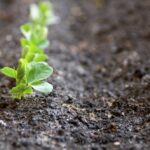
Tending to your farm’s factory floor: its soil
The health of your farmland can have a big impact on your bottom line

Forecast, flea beetles complicate canola timing
Dry conditions make ideal seeding time difficult to peg

MOA soil health project to match livestock producers, landowners
Livestock integration, reduced tillage, perennials and cover crops to get a boost on organic farms with Conservation Trust funding
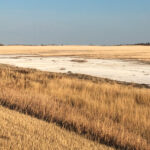
Plan now for a salty spring
Manitoba’s dry conditions have done little to beat back salinity in areas prone to the issue

Fertilizing tips for dry soil if you didn’t apply last fall
One option is safe amounts with the seed and topping up later if the crop looks good
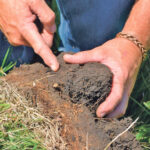
There’s a teeming world of diversity and complexity in your field’s soil
This soil ecologist says six principles can be applied to improve soil health

Soil health a moving target
There’s no one-size-fits-all measure of soil health, David Lobb says

